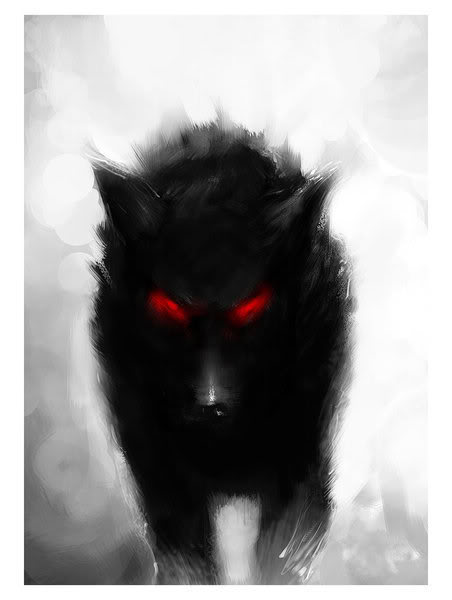3.2 – 5
All my life I’ve been a huge fan of comic books and the games and movies that accompany them. While all of the explosions and super powers and majorly cool outfits are all things I enjoy, one of my absolute favourite things is finding references hidden between the lines. Some of the most obvious of these hidden gems are in the names of well-known characters.
For example, in the Batman comics, the villain Joker’s trusted villainess companion is named Harley Quinn. When read aloud, it is clear that the name is a reference to a harlequin – something which is also terribly obvious with her checkered getup.

Another great example also lies within the Batman comics. Edward Nygma, also known as the Riddler. When his first initial (E) and his last name (Nygma) are said aloud, it sounds like the word enigma. Obviously, as the Riddler very much is an enigma, this is an excellent name.
In Thomas King’s Green Grass, Running Water, there are also several names in the story which have hidden meanings. The first of these (and my favourite), Dr. Joseph “Joe” Hovaugh, when read aloud sounds like Jehovah. This is my favourite of King’s name references as I felt it was not super obvious. Not often in the story is Dr. Hovaugh referred to as “Joe Hovaugh”. Many times he is just Joe, or Joseph Hovaugh, or Dr. Hovaugh. Another great reference is Ahdamn, who is clearly supposed to sound like Adam, the male counterpart in the story of Genesis. Finally, three of the patrons at the Dead Dog Café are name Joseph, Ray, and Al, which, when read together, sound like Louis Riel, leader of the Metis at the Red River settlement in Manitoba. Much of the time when I read I like to mumble the words to myself, and these references were only picked up in doing so. Had I not been reading aloud, I think I may have missed them entirely.
I think that, in forcing us to read aloud in order to discover these hidden meanings, King is ultimately trying to promote the continuation of oral culture. Already Green Grass, Running Water is an incredible mixture between oral and written traditions. By encouraging the reader to read the story aloud to himself or others, King is not only giving a nod to his culture’s oral roots, but also perpetuating the need for an oral culture, even in a world of printed literature.
Works Cited
Batman DC Comics. Web.
Louis Riel. The Canadian Encyclopedia. Web.
King, Thomas. Green Grass, Running Water. 1993. Toronto: Harper Perennial, 2007. Print.






